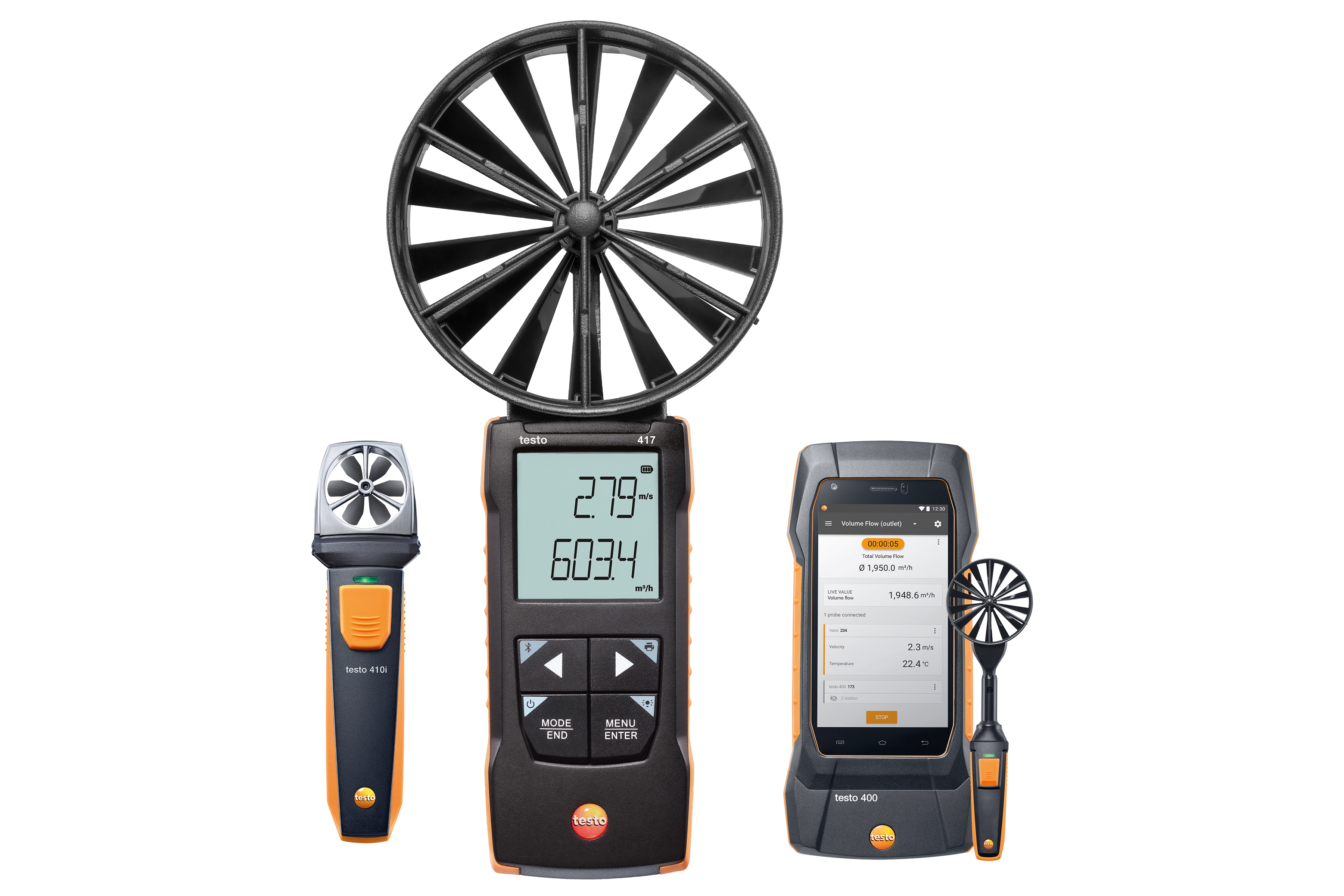Picking the Right Anemometer: A Comprehensive Buying Overview
Picking the Right Anemometer: A Comprehensive Buying Overview
Blog Article
All You Required to Find Out About Anemometers: How They Work, Why They Issue, and Where to Utilize Them
Anemometers, however frequently ignored in the realm of clinical instruments, play a critical function in different areas, using useful insights into wind speed and air flow patterns. Comprehending the auto mechanics behind these tools is necessary for anyone seeking to harness the power of this data. From meteorologists tracking climate patterns to designers designing structures with wind loads in mind, the applications of anemometers are diverse and significant. As we explore the ins and outs of anemometer modern technology, we will certainly discover the internal workings of these tools, their value, and the vital considerations when choosing the appropriate anemometer for details applications.

Anemometer Essentials
A vital tool used to gauge wind rate and direction, the anemometer plays an essential role in weather forecasting and various industries. An anemometer generally contains 3 or four mugs that rotate in the wind, a vane that points into the wind, and sensing units to track the motions or turnings. By determining the turnings or activities over a particular period, the anemometer can identify wind speed. The vane helps determine wind instructions by pointing right into the wind, giving valuable information for weather condition forecasting, air travel, maritime operations, environmental monitoring, and wind power applications.
There are various kinds of anemometers readily available, consisting of cup anemometers, vane anemometers, hot-wire anemometers, and sonic anemometers, each with its special attributes and applications. Mug anemometers are commonly utilized for fundamental wind speed measurements, while vane anemometers are chosen for directional dimensions. Hot-wire anemometers are ideal for low airspeeds, and sonic anemometers are optimal for high-precision dimensions in study and commercial setups. Understanding the fundamentals of anemometers is crucial for precise wind information collection and analysis throughout various industries.
Concepts of Anemometer Operation
Structure on the fundamental understanding of anemometer essentials, the concepts of anemometer operation illuminate the technicians behind wind speed and direction measurements. Mug anemometers, for circumstances, have 3 or more cups that catch the wind, creating them to rotate much faster as the wind rate rises. Hot-wire anemometers count on a heated cable that cools down as wind passes over it, with the price of cooling identifying the wind rate.
Relevance of Anemometers
Anemometers play a crucial duty in determining wind rate and instructions, giving crucial data for weather forecasting, environment researches, environmental monitoring, and aeronautics operations. Meteorologists rely on anemometers to gather accurate wind information, helping them comprehend weather patterns, forecast tornados, and issue timely warnings to the public. Wind farm drivers make use of anemometers to analyze wind conditions and maximize electricity production from wind generators.
Applications Across Different Industries
In the renewable power industry, anemometers play an essential role in examining wind problems for wind farm placements, making certain ideal energy manufacturing. Industries like construction and mining make click for info use of anemometers to keep track of wind speeds, critical for security methods, specifically when working at heights or in open-pit mines where solid winds can posture hazards. In farming, anemometers aid farmers in managing plant splashing by supplying real-time information on wind rate to prevent drift.

Picking the Right Anemometer for Your Needs
For general functions, a cup anemometer is ideal for gauging wind speed, while a vane anemometer supplies wind instructions information. Hot-wire anemometers are optimal for reduced airspeed measurements, and ultrasonic anemometers offer high accuracy and sturdiness.

Conclusion
In verdict, anemometers play a vital function in gauging wind speed and instructions throughout various markets. Comprehending the principles of anemometer operation is crucial for choosing the appropriate tool for certain requirements. From meteorology to aviation, anemometers are essential tools for gathering precise data and making sure safety and security in different applications. When selecting the most you can find out more appropriate gadget for measuring wind problems., it is vital to consider the value of anemometers in order to make enlightened choices.
There are different kinds of anemometers readily available, consisting of mug anemometers, vane anemometers, hot-wire anemometers, and sonic anemometers, each with its distinct functions and applications. Mug anemometers are typically made use of for basic wind speed measurements, while vane anemometers are continue reading this preferred for directional dimensions. Hot-wire anemometers are suitable for reduced airspeeds, and sonic anemometers are optimal for high-precision dimensions in research study and industrial settings.Building on the foundational understanding of anemometer fundamentals, the concepts of anemometer operation illuminate the technicians behind wind speed and instructions measurements. For basic purposes, a mug anemometer is ideal for measuring wind rate, while a vane anemometer provides wind direction information.
Report this page